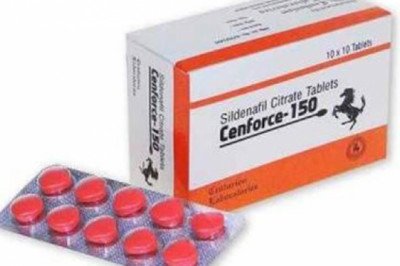views
Traumatology and children's orthopedics deal with treating injuries and musculoskeletal disorders of children and adolescents. Making the process singular since we are dealing with bodies that are still in development.
Therefore, we cannot treat an injury in the same way in adults and children or adolescents. For this reason, trauma injuries or orthopedic defects should be managed by orthopaedicspecialists.
Before continuing with the singularities of these diseases, how they should be treated, the most frequent cases or what types of treatments are used; Let's stop for a second to explain the differences between traumatology and orthopedics.
What is the difference between Traumatology and Children's Orthopedics?
Traumatology and child orthopedics differ in that the former is responsible for pathologies associated with breaks or strains (child traumatologist) and the latter is responsible for bone deformities and diseases (child orthopedics). This is basically the difference between the two specialties.
What are the most common childhood injuries?
The most frequent examples of children's orthopedics, among others, are foot deformities, gait disturbances and hip dysplasia. These problems can be hereditary, congenital or acquired.
In turn, in traumatology, the most frequent injuries are those related to the practice of sports. What they come to be, sprains (ankle, knee), fractures (arms and legs) or bruises (hematoma).
Let's take a closer look at the types of traumas and the importance of an early diagnosis when treating infants, since obtaining timely treatment prevents further complications and a faster recovery.
Pathologies treated by specialists in traumatology and child orthopedics
The pathologies treated by a child orthopedist focus on the following:
· Column deformities: hyperkyphosis (arching of the back) and scoliosis (progressive lateral deviation), clubbed knees (outwards) or valgus knees (inwards), flat feet or pes cavus.
· Alterations in gait (difference in length of lower limbs) or angular (lower limbs).
· hip dysplasia
The pathologies treated by a child traumatologist focus on the following:
· Fractures – ankle, wrist, arm, tibia
· Epiphysiolysis – fracture of the growth plate (physis)
· Sprains – ankle, wrist, knee, elbow
· Dislocations – displacement of the joints
· Muscle fiber rupture – elongation (intense muscle fatigue or strong trauma)
· Bruising – muscle bumps against bone and a small break
· Contusions – same causes as a bruise but more serious
· Tendinitis – injury to the tendons (inflammation of the tendon)
As we can see, many of these pathologies are also common in adults. However, the same injury cannot be treated in the same way in adults and children. Children's bodies are in constant motion, their skin is thinner and they have more bones than adults. That is why trauma injuries in children should be treated by an orthopedist and a child traumatologist.
What kind of treatments exist for these diseases?
Pediatric orthopedic and trauma specialists use the following treatments most often:
· Adequate children's footwear so that the foot can continue with its function. The footwear must be flexible so as not to compress the foot; that does not allow the sole to slip or block and that has an acceptable cost for parents. To this can be added, special footwear or the adaptation of plantar supports (insoles), special protections or increases.
· Physiotherapy: physical treatment methods that involve, among others: manipulations, exercises, positioning, stimuli or massages. All these treatments are always supervised by a physiotherapy professional, who will put into practice what the medical rehabilitator has indicated.
· Orthoses: they are what we commonly call, plaster casts or ankle braces. The technical term would be an external device used to control alignment, facilitate function, correct deformities, and provide protection (splints, braces, and braces).
· Surgery: this form of treatment in pediatric orthopedics is used as a last resort, when previous methods have not been successful or have not been treated since the negative result was known beforehand.
It is good to know that all pediatric surgeries require a special preparation of the child and full collaboration on the part of their parents or guardians. This type of backup is essential so that everything goes on the right track.
Is there any preventive treatment?
As we have seen in this article, child traumatology and orthopedics are quite different areas. Traumatology in children is unpredictable since part of human learning is to fall. Therefore, the types of prevention that can be done in this type of situation is to approach this phase with the greatest possible safety. If the child is going to ride a bike, the helmet is essential, if we can also put knee and elbow pads; better.












Comments
0 comment